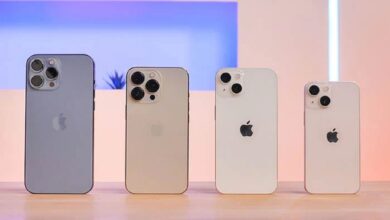AUGMENTED REALITY IN EDUCATION

Augmented reality (AR) can be used in education to provide students with a richer, more powerful learning experience.
AR is attracting a good deal of attention in the education sector, but the technology has actually been around for more than a decade, primarily in the health and military sectors. Put simply, it involves adding a layer of virtual information over the physical world. If there was a scale where the everyday ‘real world’ is at one end of the scale and ‘virtual reality’ – where everything is computer-generated – is at the other, then augmented reality would fall somewhere in the middle.
Current Augmented Reality applications fall into three categories: marker-based, location-based and markerless.
Marker-based applications use physical images that are printed out and placed into a physical environment. The user then looks at the marker through a mobile device camera, and software inside the device ‘reads’ the marker, triggering the device to display a 3D model or content.
Markerless tools generally require lots of computing power in devices and analyze images in front of the camera, overlaying other information.
A location-based Augmented Reality application is slightly different, because it doesn’t require any external content to ‘read’. Instead, the application relies on GPS within your mobile device to know your location, and then provides relevant information. If a mobile device includes a compass as well as GPS, the application can also work out which direction you are facing, and therefore what you’re probably looking at. It can then ‘layer’ virtual information over your camera view, such as directions, or geographical data.
Other educational institutions are using marker-based AR applications. The application provides markers that can be linked to video clips, audio clips, images and 3D models. The ability for teachers, students and all users to create their own experiences is unique and empowers content creation. You can then print out the markers and place them in the real world, where students can view them through mobile devices/Tablets/PDA.
Examples of an Augmented Reality for Educational purpose
AR projects have been created and used to be of benefit in many sectors, especially for education. This section presents some AR projects for educational purposes. AR technology has extended the prospective for teaching and learning in amazing and practicable ways
AR Surgical Training
The AR Surgical training project uses AR to simulate human organs. The project was designed to use multiple markers, head mounted displays, a camera and sensors altogether at once. The AR starts when the camera captures the markers, and the augmented reality will demonstrate through the head mounted displays together seeing the real objects. The results of this project are far beyond a computer simulation program since the users can use their hands to virtually interact with it so they do not use a mouse to click or any other device.
Augmented Books
Augmented books appear to be like any other book; however, when they are placed in front of your mobile device camera, 3D elements, movies, sight and sounds appear. Some even include virtually interactive elements. Certain of the AR applications require the user to download application onto mobile so that the code embedded in the book can be read.
PTA Taxes Portal
Find PTA Taxes on All Phones on a Single Page using the PhoneWorld PTA Taxes Portal
Explore NowFollow us on Google News!





